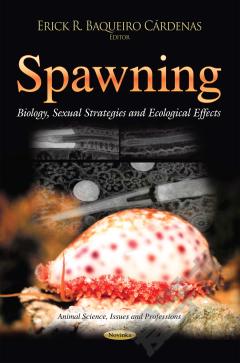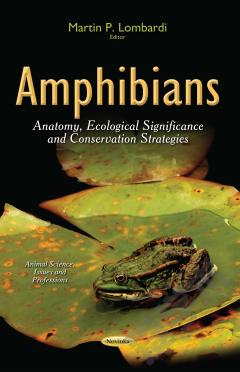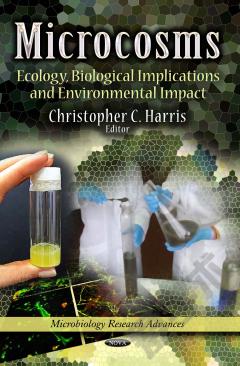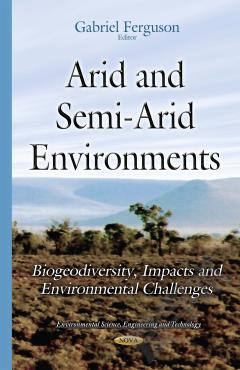Natural Enemies: Identification, Protection Strategies and Ecological Impacts
The community of natural enemies that inhabits agroecosystems is complex mainly due to multiple trophic interactions established among them and their target prey/hosts. Several factors can influence the efficiency of natural enemies as biological control agents, such as the occurrence of preferred food items, supplementary food resources, shelters, agricultural practices or landscapes. In this book, scientists present recent studies in regards to the identification, protection strategies and impacts of agricultural practices on important groups of natural enemies. This core focus includes specific studies on predatory species (e.g., mites, spiders, anthocorids, nabids, carabids, and coccinellids) as well as parasitoid species (hymenopterans). The different chapters present new approaches towards the conservation of natural enemies in agroecosystems, and discuss the effects of climate change and agricultural practices on biodiversity, life history and movement of natural enemies.Target Audience:Professors, researchers and students in the area of agricultural and biological sciences; Technicians in the area of agriculture; Farmers; People interested in biological control of pests
{{comment.content}}








 京公网安备 11010802027623号
京公网安备 11010802027623号